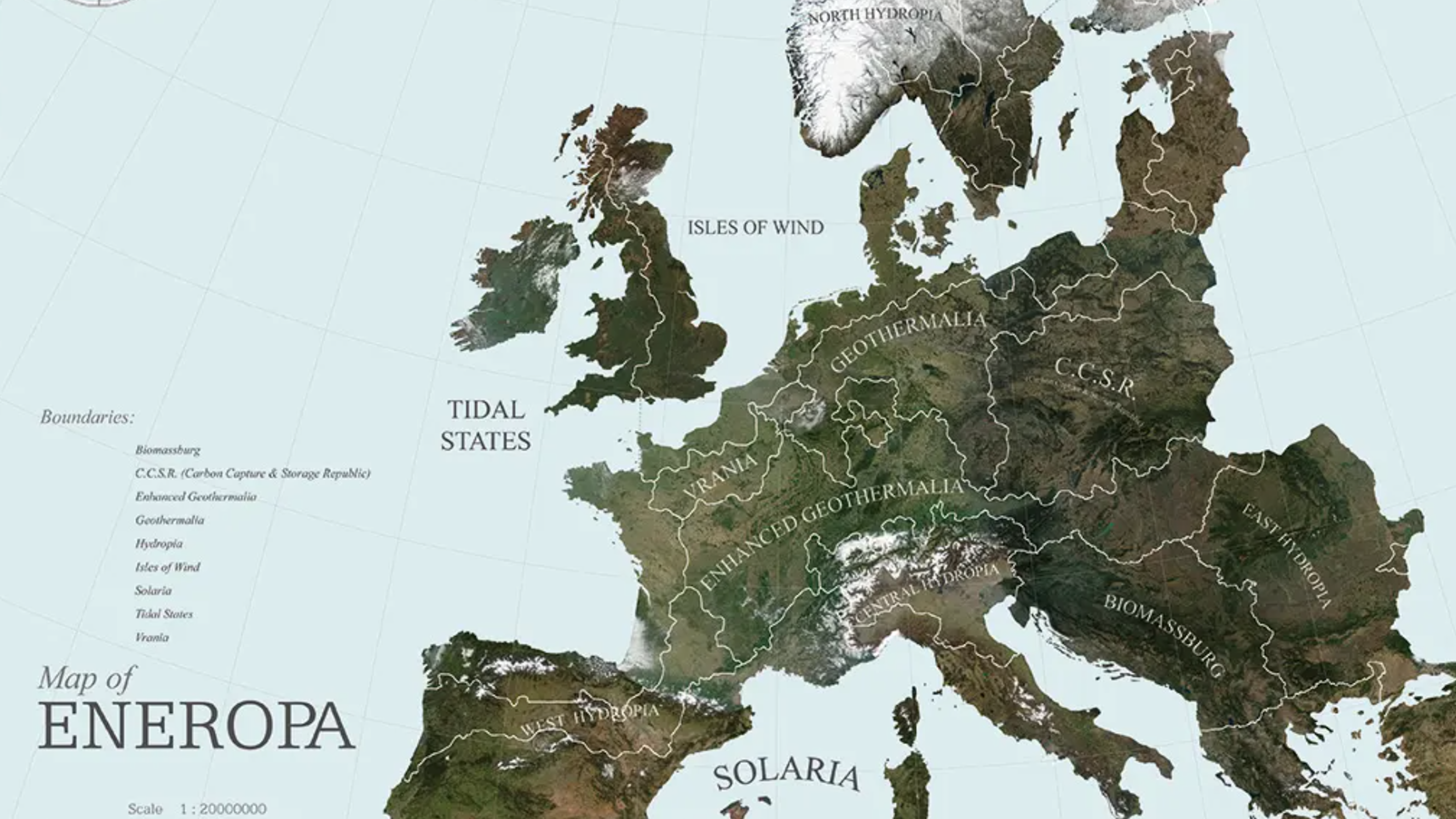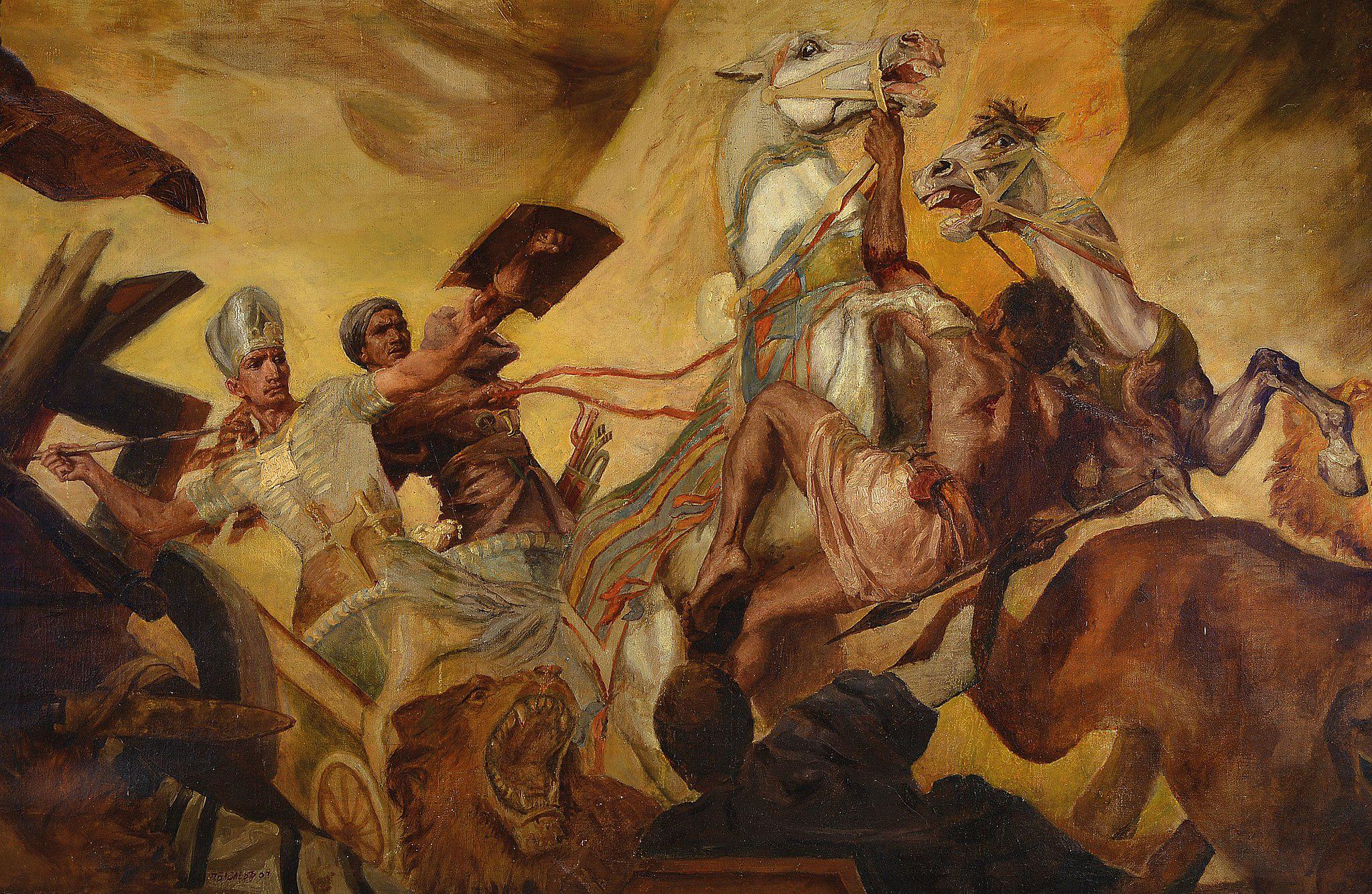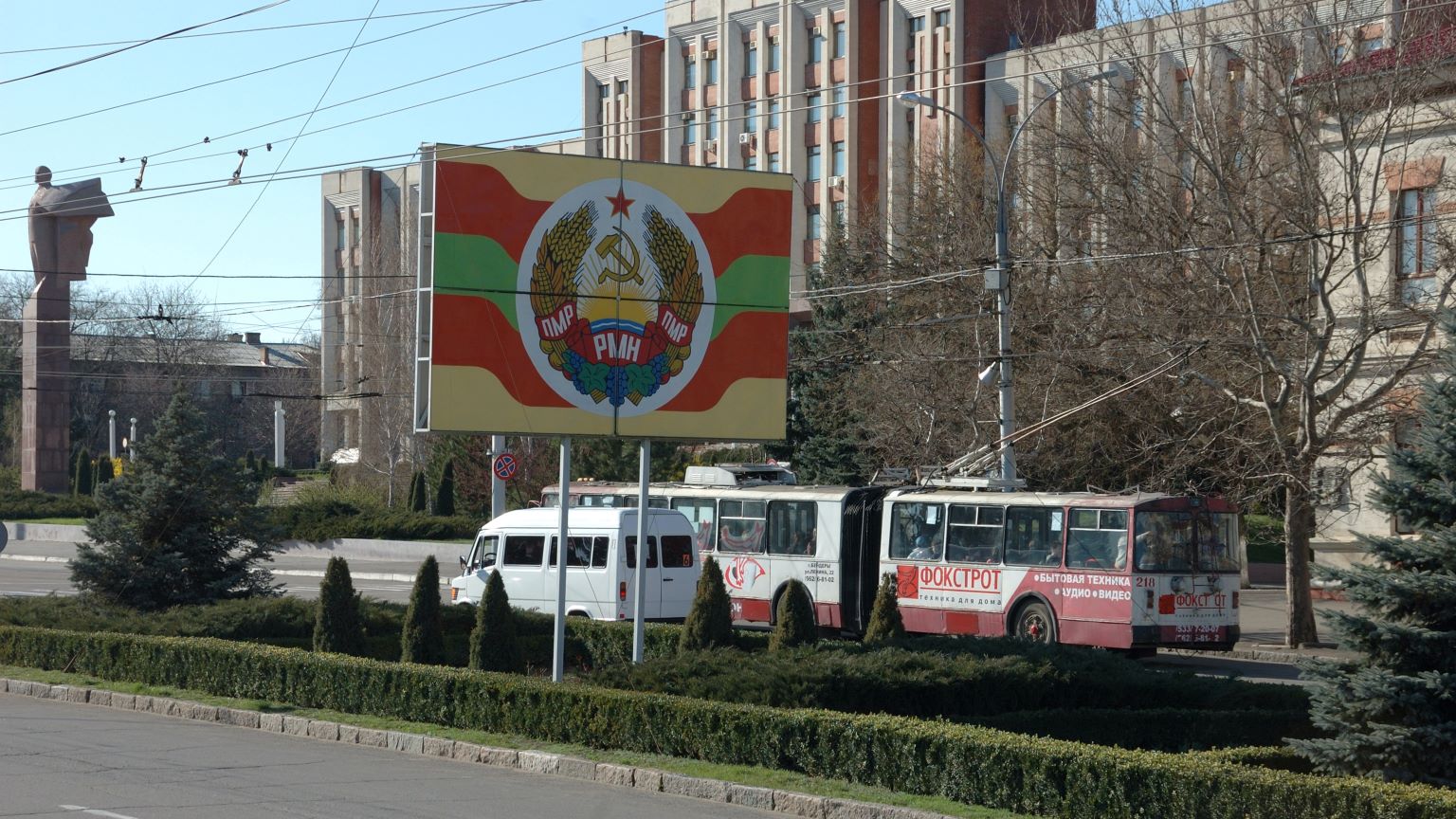Gagauzia: A Country That’s Just 3 Towns in Size?

If the saying is true that a language is a dialect with an army and a navy, then landlocked, frigate-less Moldova is only halfway there. The Eastern European republic, celebrated for its obscurity, has struggled with its national identity ever since breaking free of the Soviet bear-hug in the early 1990s.
Formerly known as the Soviet republic of Moldavia, Moldova shares its language with neighbouring Romania (1), but insists on calling it Moldovan rather than Romanian. This doesn’t half annoy the Romanians, who would like to see the matter rectified before Moldova joins them in the European Union (2).
But while the Moldovans were busy maintaining that they are not Romanian, some of their countrymen were keen to stress that they are not Moldovan. As with most post-soviet national identities, Moldova’s was based on the dominant ethnicity, leaving minorities wondering what they were doing in a state run by Moldovans and for Moldovans. This spurred two separate autonomist movements.
The mainly Russian region of Transnistria has seceded with support of the Russian army, and is maintained by it in in a state of phantom-nationhood. Its obscure history – and especially its strange shape – has been described on entry #311 of this blog. Another, more amicable path towards autonomy was achieved by the Gagauz, a tribe of Turkish-speaking orthodox Christians whose homeland, in the south of Moldova, received a degree of autonomy – and the promise of independence, if Moldova chooses to (re)unite with Romania.
Where the Gagauz came from, is unclear. Local historians have listed over 20 different theories on their origins. There is even uncertainty about the origin of the ethnonym itself. ‘Gagauz’ might mean ‘straight nose’, it possibly refers to the Oghuz tribe, or it could be a reference to Kaykaus II, a Seljuk Sultan who settled in the area. Wrapping this riddle in a mystery is the fact that, before they migrated from Bulgaria to areas vacated by the Nogai tribe in present-day Moldova, Gagauz referred to themselves as “old Bulgars” or “true Bulgars”. The question whether the Gagauz are turkified Bulgars or christianised Turks is hardly trivial – we are, after all, in the Balkans – but very difficult to answer.
During the 20th century, the Gagauz have been independent twice, albeit very briefly. In 1906, a peasant uprising led to the Republic of Komrat, which collapsed after either 5 or 15 days (sources vary). In August 1990, Gagauzia proclaimed its autonomy, mainly in reaction to Moldova’s adoption of Moldovan as its official language. On 18 August 1991, the day of the Moscow coup attempt against Mikhail Gorbachev, Gagauzia proclaimed its independence. Transnistria would follow its example in September 1991. Both declarations were annulled by the Moldovan government.

The most detailed map of Gagauzia you’re ever iikely to see – or need.
While Transnistria and Moldova are still at odds with each other, Gagauzia came back into the fold. On 23 December 1994, the Moldovan parliament approved Gagauzia’s current special status. The size of the region was determined by referendum, three towns and 27 villages wanting to be included. The Autonomous Territorial Unit of Gagauzia (3) consists of four separate areas in the southern part of Moldova, near the border tripoint with Romania and Ukraine. The largest, northern area contains the region’s capital, Komrat.
The names of all localities on this map are marked in the region’s three official languages, Romanian/Moldovan, Gagauz and Russian (here transcribed in the Latin alphabet), and to some comic effect when the names are exactly the same (Avdarma/Avdarma/Avdarma). The region’s official names are Găgăuzia (in Moldovan/Romanian), Gagauz-Yeri (in Gagauz) and Гагаузия (in Russian).

Location of Gagauzia within Moldova.
Information about Gagauzia is scarce, apart from the most basic statistics. The area’s total surface is 1,832 km2, its population hovers around the 150,000 mark, 83% of which is Gagauz. The capital Komrat is home to 23,000 people, and its main industries are rugs, butter and wine. A National Museum of Gagauz People and History is located in the town of Besalma (“Five Apples”). About 40% of the Gagauz are city-dwellers, and of those, 18% has a phone (in comparison to only 8% of rural Gagauz). The Gagauz elect their own Governor (Guvernator in Moldovan/Romanian, Bashkan in Gagauz), at present Irina Vlah.
This map found here on Wikipedia.
Strange Maps #415
Got a strange map? Let me know at [email protected].
(1) Itself formerly known under the slightly more menacing-sounding moniker of Rumania. See also Belarus, formerly known as Belorussia. These countries not only dropped ‘Soviet’ and/or ‘socialist’ from their titulature, but found it necessary to modify their proper name.
(2) A dispute reminiscent of the one between Greece, which sees itself as the sole custodian of all matters Macedonian, and the Former Yugoslav republic of Macedonia, which on Greece’s intransigent insistence still has to circumspectly describe itself on international fora with the acronym FYROM. It might yet catch on, and the proud Fyromans will then have a toponym all of their own to defend.
(3) Or ATUG. Cf sup.





